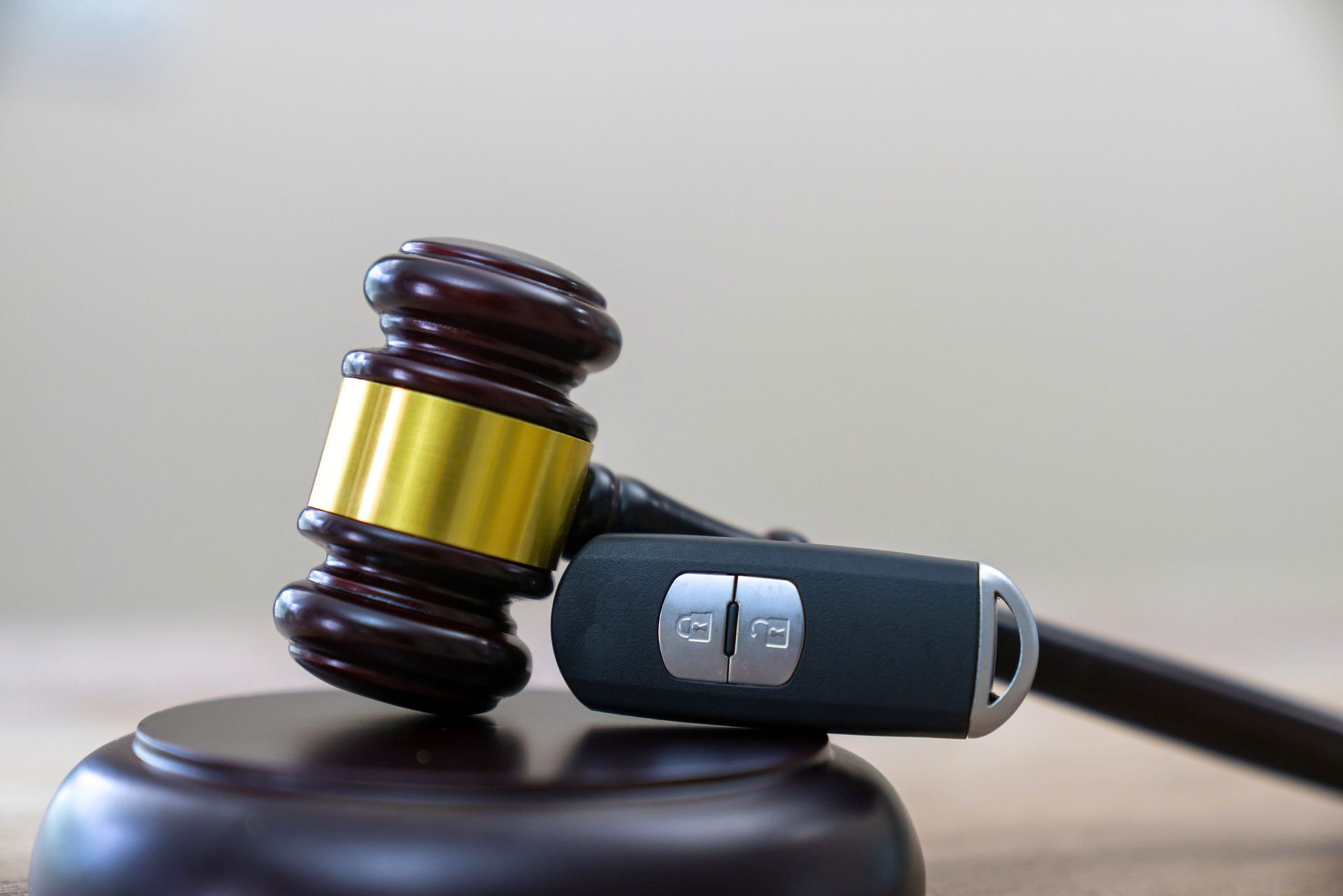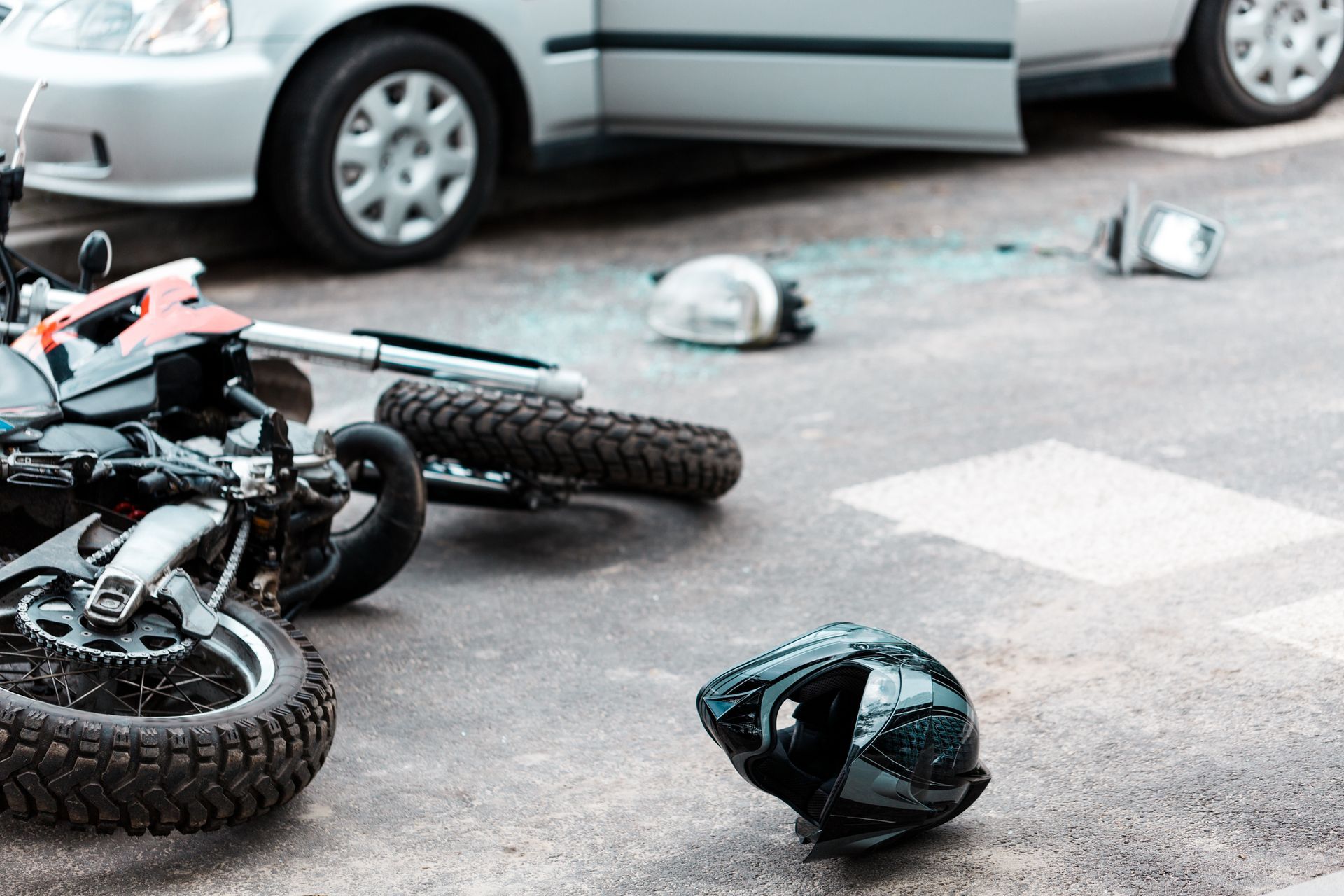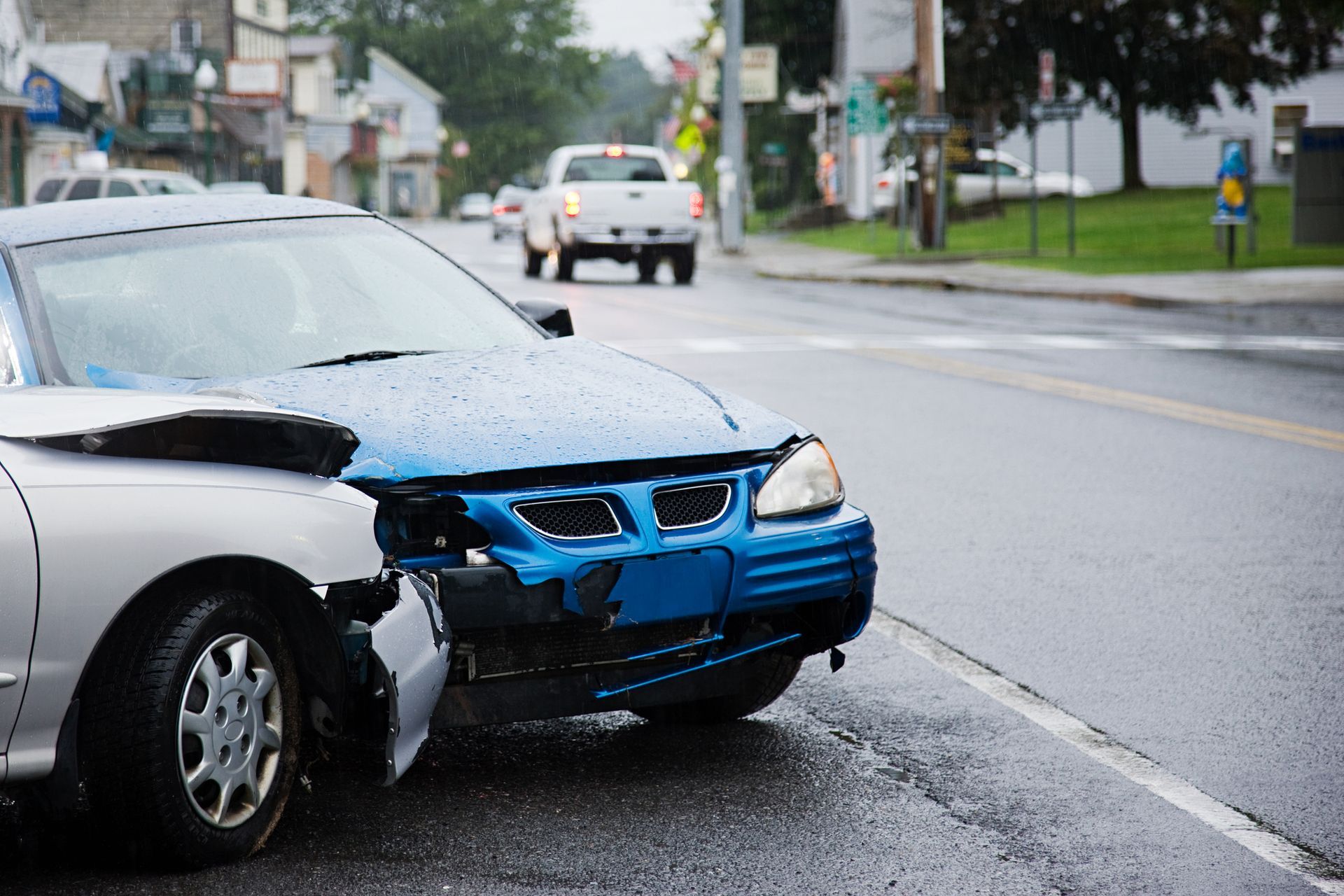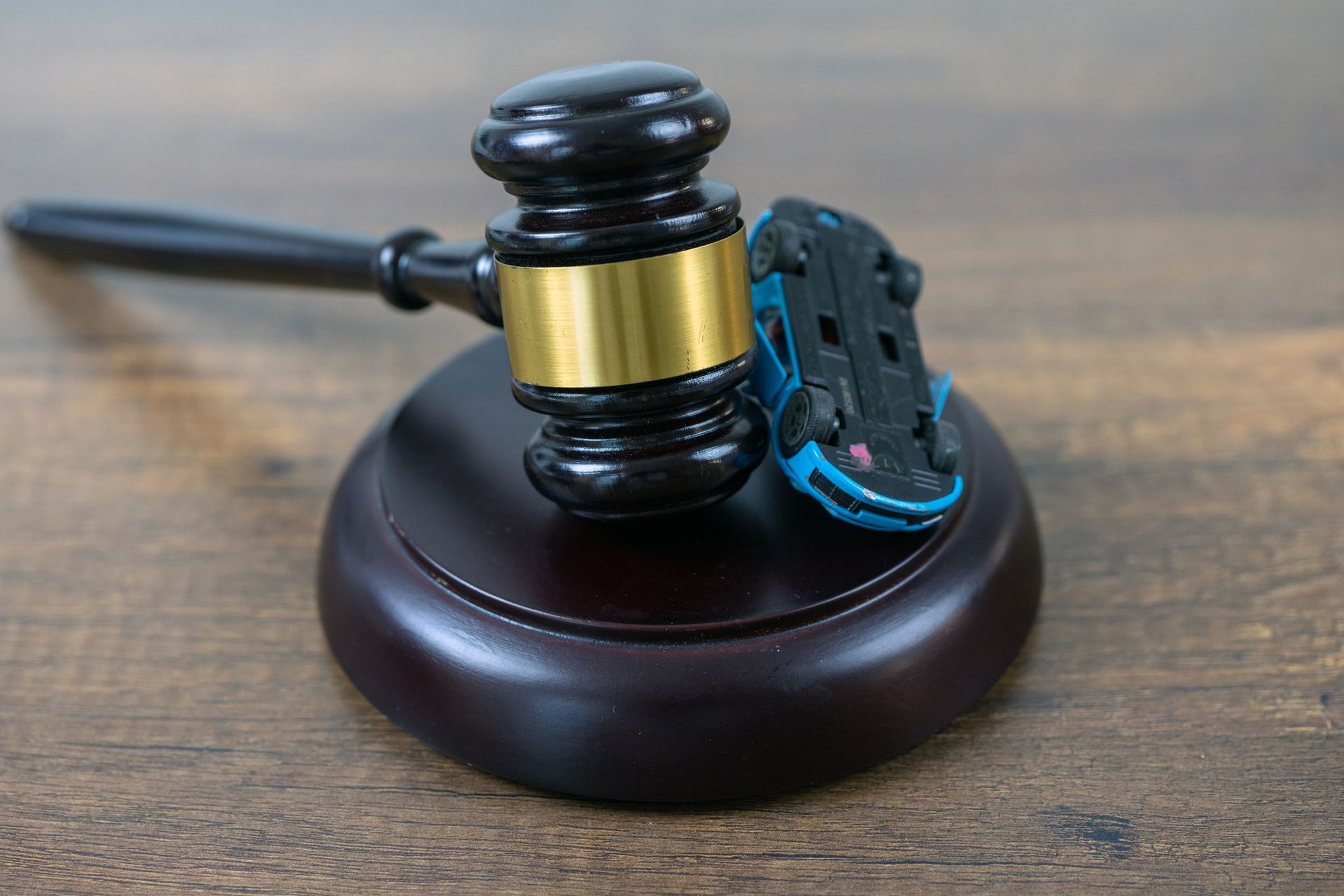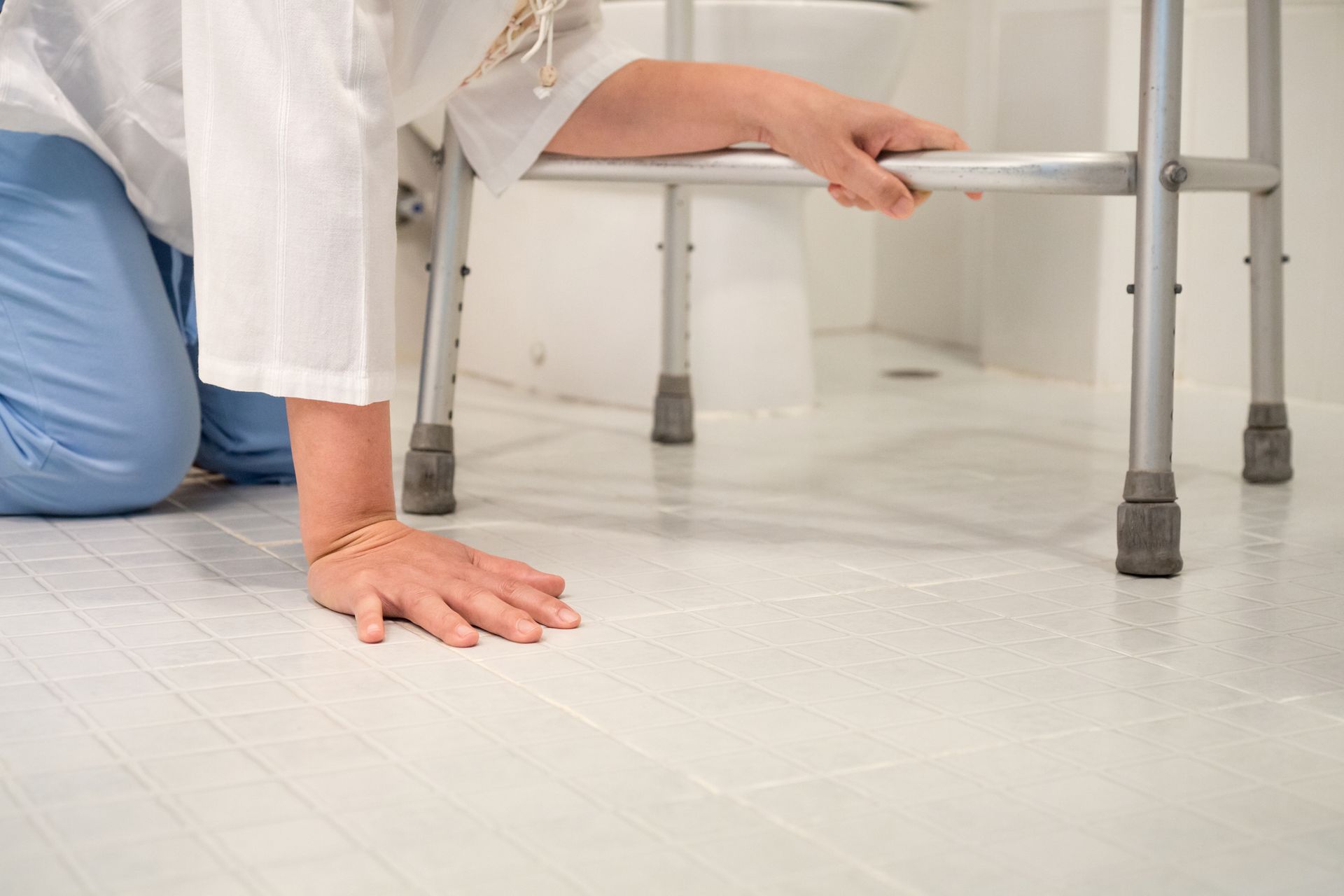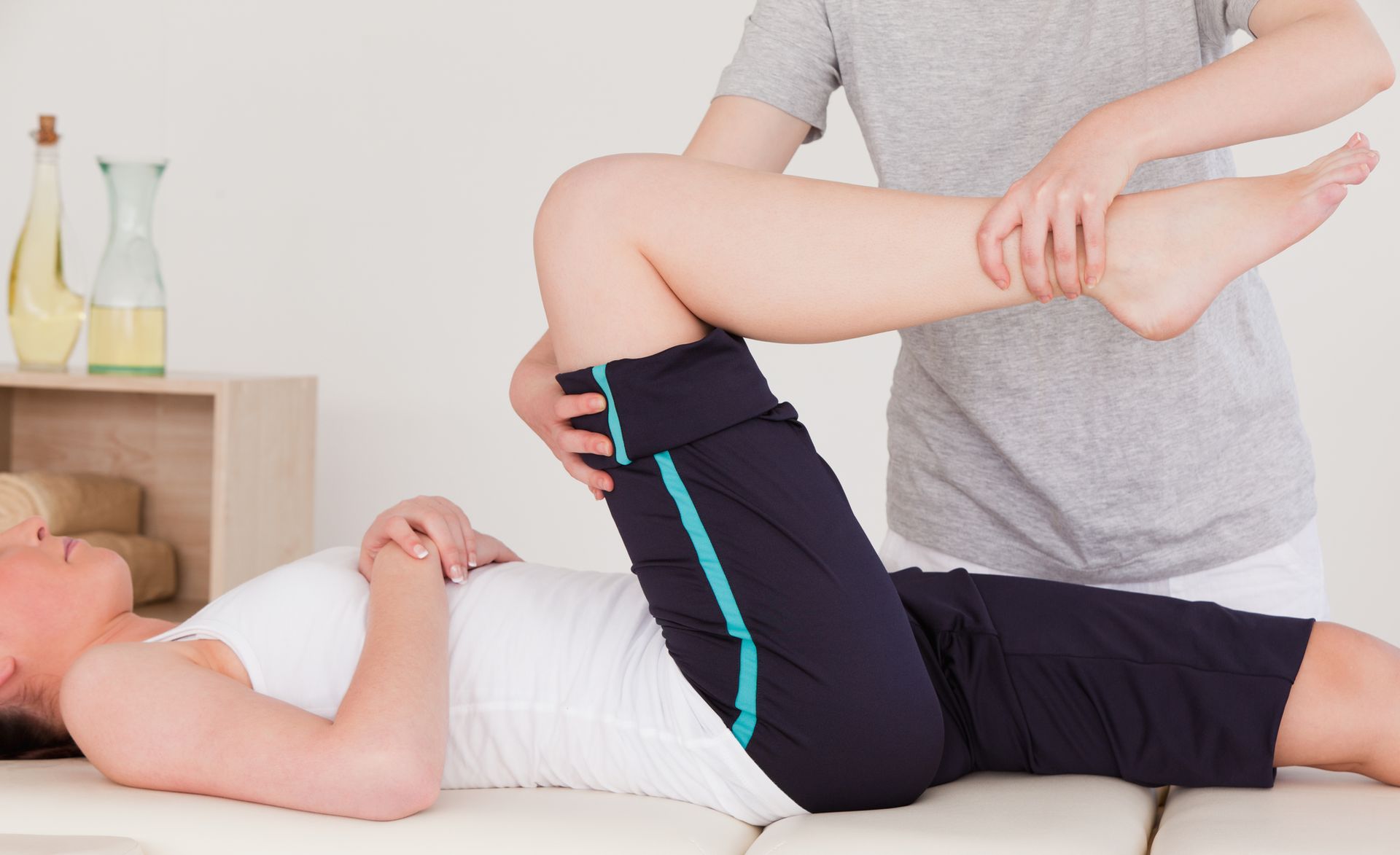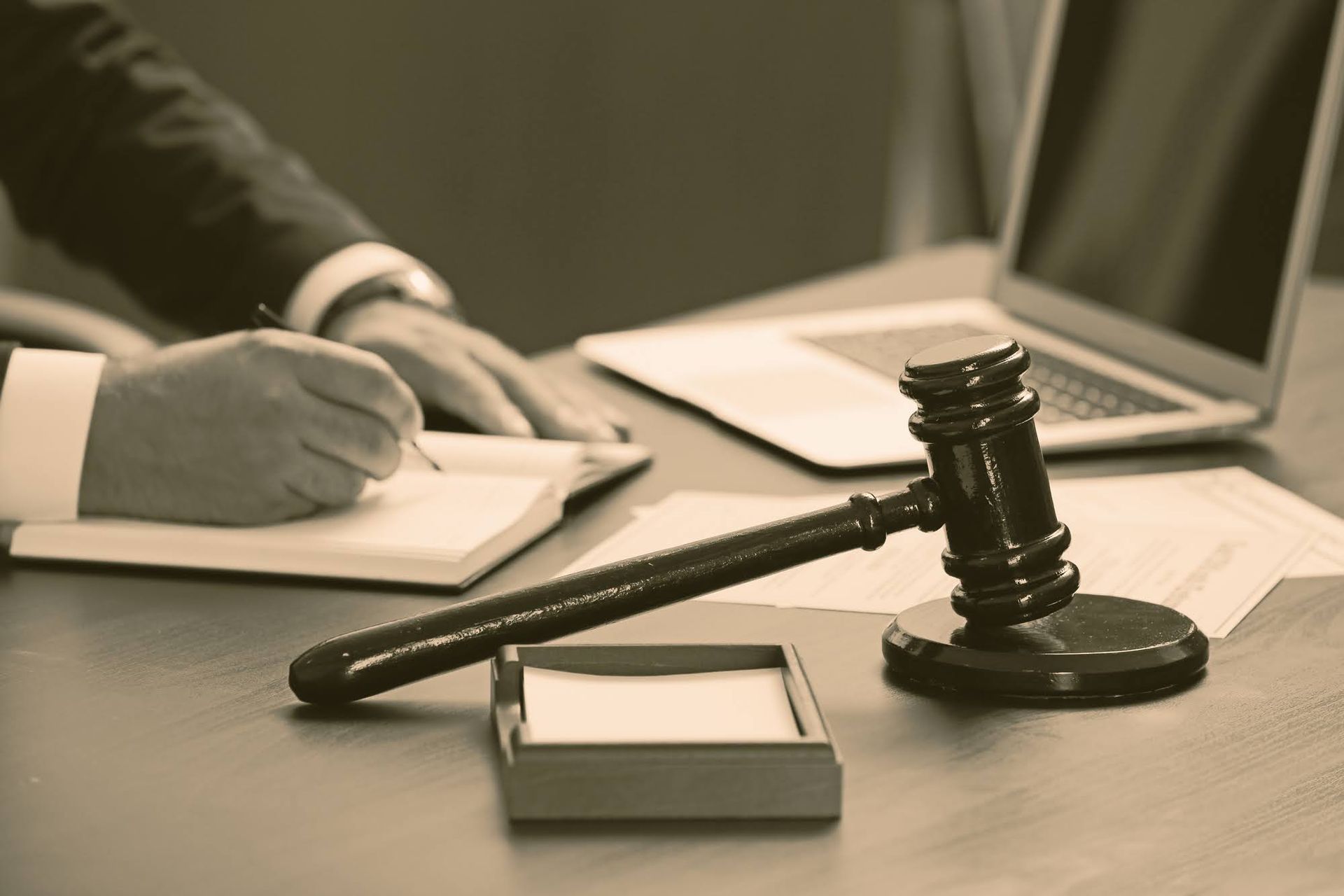
Personal injuries can often leave people with medical bills, lost wages, and plenty of pain and suffering during the recovery process. There is so much on the line and you will want to take steps to document your injury and recovery. Documenting your injury in the following ways can help you win your case in court and receive the compensation you deserve.
Medical Records
Medical records tell two sides of the story in a personal injury case. How urgently you visited the doctor will reflect how seriously you took your injury. If you have medical records that show you visited the emergency room right after the injury happened, it definitely helps prove that the significance of the injury is real. Medical bills can also be a way to add up all previous expenses that you owe money for, as well as help predict future medical costs.
Your initial medical visits can also prove that you are not trying to commit fraud. Receiving late medical attention may cause the defendant to try and prove that your injury wasn't serious or that the injury happened elsewhere and is not related to the original incident. Seeking immediate medical attention can help disprove any of those theories about how you were injured.
Your initial medical visits can also prove that you are not trying to commit fraud. Receiving late medical attention may cause the defendant to try and prove that your injury wasn't serious or that the injury happened elsewhere and is not related to the original incident. Seeking immediate medical attention can help disprove any of those theories about how you were injured.
Pictures
Some people make the mistake of not taking any photos of an injury during recovery. They believe you can just show the injury as proof that it happened, but the personal injury lawsuit process can go on for months or years. By the time your case goes to court or mediation, the physical evidence of your injury may be gone.
You should take pictures of the injury throughout the entire recovery process. While your medical records may paint a complete picture of how bad your injury was at the time, a jury will be able to react more easily to photos presented as evidence.
It is also important to take a progression of photographs during recovery to capture the injury at its best and worst state. For instance, bruising can often get worse before it starts to get better.
You should take pictures of the injury throughout the entire recovery process. While your medical records may paint a complete picture of how bad your injury was at the time, a jury will be able to react more easily to photos presented as evidence.
It is also important to take a progression of photographs during recovery to capture the injury at its best and worst state. For instance, bruising can often get worse before it starts to get better.
Journal Entries
How you were feeling at any given moment during recovery is important, but it is hard to document emotions with photographs. Another way to document and keep track of your recovery is to keep a journal that tracks your emotions and pain levels. The journal doesn't need to be a narrative of how you are feeling. It can be a simple scale of the pain you are experiencing from 1 to 10. List the area of the body that is experiencing pain and what you would rank the pain level as.
Pay Stubs
Serious injuries can leave you unable to work for days or months, which is time that you are losing and wages you could be earning. Lost wages is one thing that you can seek compensation for in a personal injury case.
It is a good idea to collect old pay stubs as proof of how much money you were making. While your day rate is easy to figure out for salary workers, it is much harder to determine for service workers that primarily receive tips. You can use old pay stubs to determine the average amount that would have made during your recovery time.
It is a good idea to collect old pay stubs as proof of how much money you were making. While your day rate is easy to figure out for salary workers, it is much harder to determine for service workers that primarily receive tips. You can use old pay stubs to determine the average amount that would have made during your recovery time.
Eyewitnesses
Was anybody around to see your injury happen? You will want to get the contact information of any witnesses so they can explain exactly how the injury happened. Having another person corroborate your story can convince a jury that the injury really happened or motivate a defendant to settle outside of court.
For more tips on the documentation needed for a personal injury case , seek assistance from the law offices of David A. Helfant, P.A.
For more tips on the documentation needed for a personal injury case , seek assistance from the law offices of David A. Helfant, P.A.

